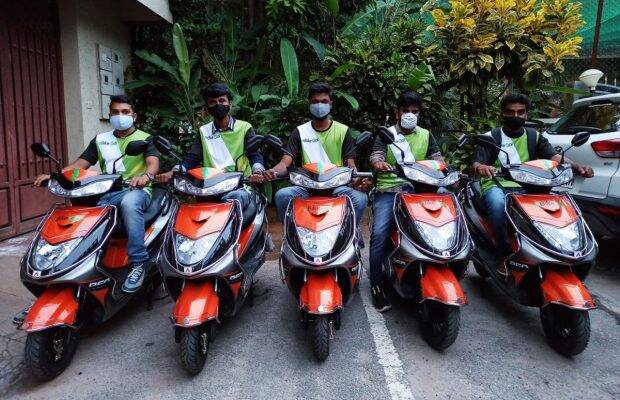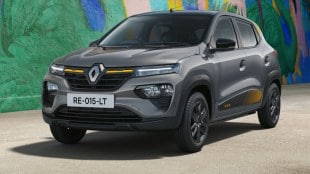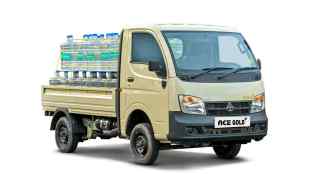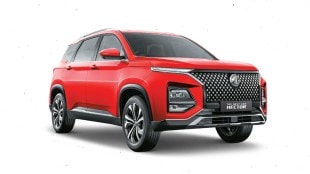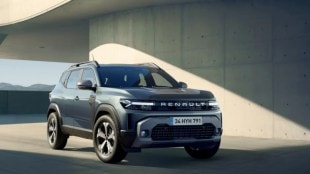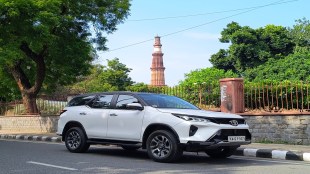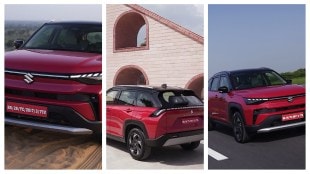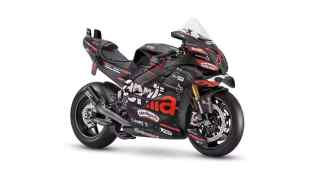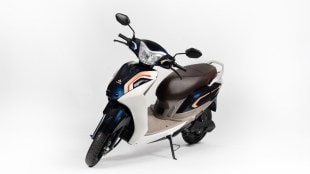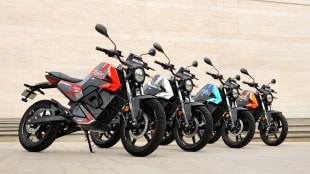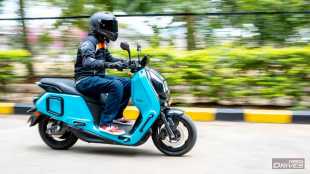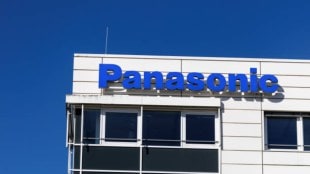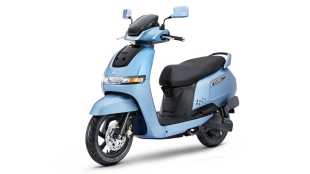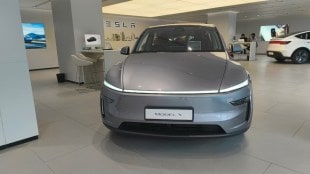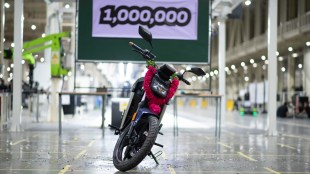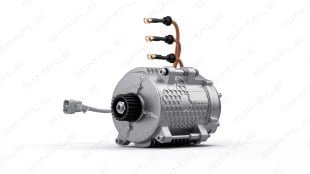Rising cost of petrol and diesel has forced many fleet management companies catering to last mile delivery needs of pharmacies, restaurants, large marts, courier and logistics companies, to convert fully to low-speed two-wheeler Electric Vehicles (EVs), helping them save up to 90% on fuel cost.
The rising demand for delivery vehicles from companies such as Bigbasket, Zomato, Swiggy, and big kirana stores have complemented the adoption of low-speed two-wheeled EVs, where fleet operators have made bulk purchases and even hope to double their existing strength by the end of FY22.
Kedar Soman, founder of eBikeGo, a Mumbai-based fleet management company, says that EVs beat conventional vehicles hands down in terms of running cost. At both — residential and commercial — prices of power, monthly cost of running a low speed bike travelling on average 100 km a day even at a conservative estimate, is not more than `1,500 per month. An ICE vehicle compared to this costs any where between `6,000 to `10,000 per month for the same distance. “We have bought over 2,500 two-wheeled scooters and hope to substantially increase the number by end of March next year,” he said.
The company has some large e-commerce companies such as BigBasket, Swiggy and Zomato as their clients along with other large companies in the space of transport and logistics.
There are two types of electric two-wheelers. High-powered and low powered ones. The low powered electric scooters and motorcycles that are equipped with a 250 watt motor and are capable of running at a top speed of not more than 25 kmph, can be ridden without a driving licence, vehicle registration and vehicle insurance.
“Even if we include the replacement cost of a new battery between `20,000 to `30,000 on the higher end, the per km cost of running an EV is not more than `0.60-0.80/km or around `2,400 per month,” Kedar S said.
Another Mumbai-based fleet operator who has added around 500 two-wheeled EVs to his portfolio of scooters, on condition of anonymity, said the biggest attraction in owning the low speed EV is that it does not require vehicle registration, a driving license, or a pollution under control certificate (PUC). Plus there is no stress to que at a petrol station, as they can be charged at home with normal chargers between 5-6 hours, and in 30 minutes by a fast charger.
Pratik Kamdar, founder of Neuron Energy, a supplier of Lithium-Ion batteries to two-wheeler and three-wheeler industry, believes the EV policy by Centre and various states, have led to increased adoption of EVs especially the two-wheelers in last couple of years. “This year (FY22) we expect a sale of at least 6 lakh EV scooters, compared to 1.54 lakh in FY21. However, given the sheer number of ICE two-wheelers in the country, around 14 crore, the conversion rate is miniscule. We expect 35-50% growth in EV conversion over the next 6-7 years. We produce around 30,000 batteries as per contract and our utilisation rate is 100%,” Kamdar said.
